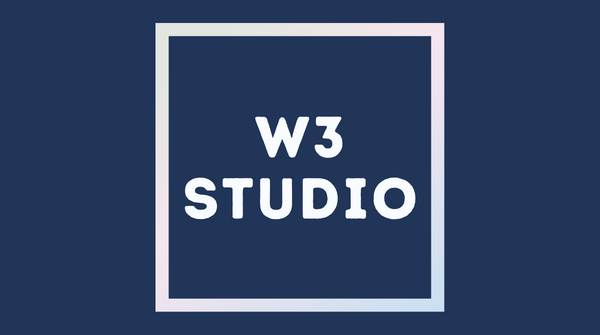
Every company starts off with zero customers and zero revenue, that’s just how it has to be. As a company starts to acquire customers or users, often it will be free or at a subsidized price. An interesting question is always when does a company need to flip the switch and start getting each customer to unit profitability. This is a question I hear a wide variety of answers to from the startups I speak with each month. As I discussed in a prior post, if you don’t have the revenue and unit profitability figured out, then you haven’t yet achieved Product Market Fit. Let’s dig into a few industries that I know well to see how this works in the real world.
We have companies in our portfolio in that create mobile phone games. For these companies, the revenue question is usually an easy one. The company is going to spend a lot of money to get the game to market and will have a long period with no revenue as they build and test the game with beta users. The market for mobile games is fairly well settled around a microtransaction model where most players are free and power users buy in-game items. Given the immense success of this model in the video game sector, we are seeing a ton of startups looking to apply this to other sectors, which can be a great model for lots of app-based companies.
Our group is also active in the media sector. In this area, when and how to make money is more complex. There are many successful media businesses that give away their content for free to most customers in the early days. A strategy of building the audience first without ads or a paywall is a well-trodden path. This does however lead to a tough question of how much cash do you have in the bank and also how long can you maintain the burn. Increasingly we are seeing media and social startups attempting to monetize earlier to prove they have a roadmap to a successful business. However, every situation is different.
Take the wildly successful Clubhouse social audio app for instance. Clubhouse has seen explosive growth to over 2 million users and has recently raised over $100MM on their Series B. They aren’t asking my opinion, but if they did, I would tell them not to put up any barriers to user acquisition or growth. I wouldn’t worry about selling tickets or tipping or anything like that. Clubhouse could easily use a portion of that new $100MM in fresh cash to pay their most valuable creators directly, instead of asking users to pay them. For a company growing as fast as Clubhouse, user growth and engagement is the most important thing. They have the chance to be the next YouTube, Instagram, Snapchat or TikTok. Those platforms waited years to start monetizing their audience.
The other sector we are investors in is fitness and wellness. We do see many startups that are creating tools for people to workout, meditate, or otherwise improve their body or mind. I think of these businesses as somewhere between the game developers and media companies with respect to monetization. Often these businesses launch with some type of pay model to their customers, which tends to make the most sense. We do see lots of these companies running at a negative unit profitability in the beginning, which is generally fine. Cost of acquisition is often high in this competitive market and monthly subscription costs tend to be low. While this puts a strain on cash flow, it is usually the right answer in this sector.
The bottom line is that in order to know you have Product Market Fit your business needs to have figured out the revenue and unit profitability of your product or service. This will generally be specific to your industry you’re in and your company’s cash position. See how the bigger companies in similar sectors are approaching their pricing decisions, and you will be able to figure out the best path for your business.
